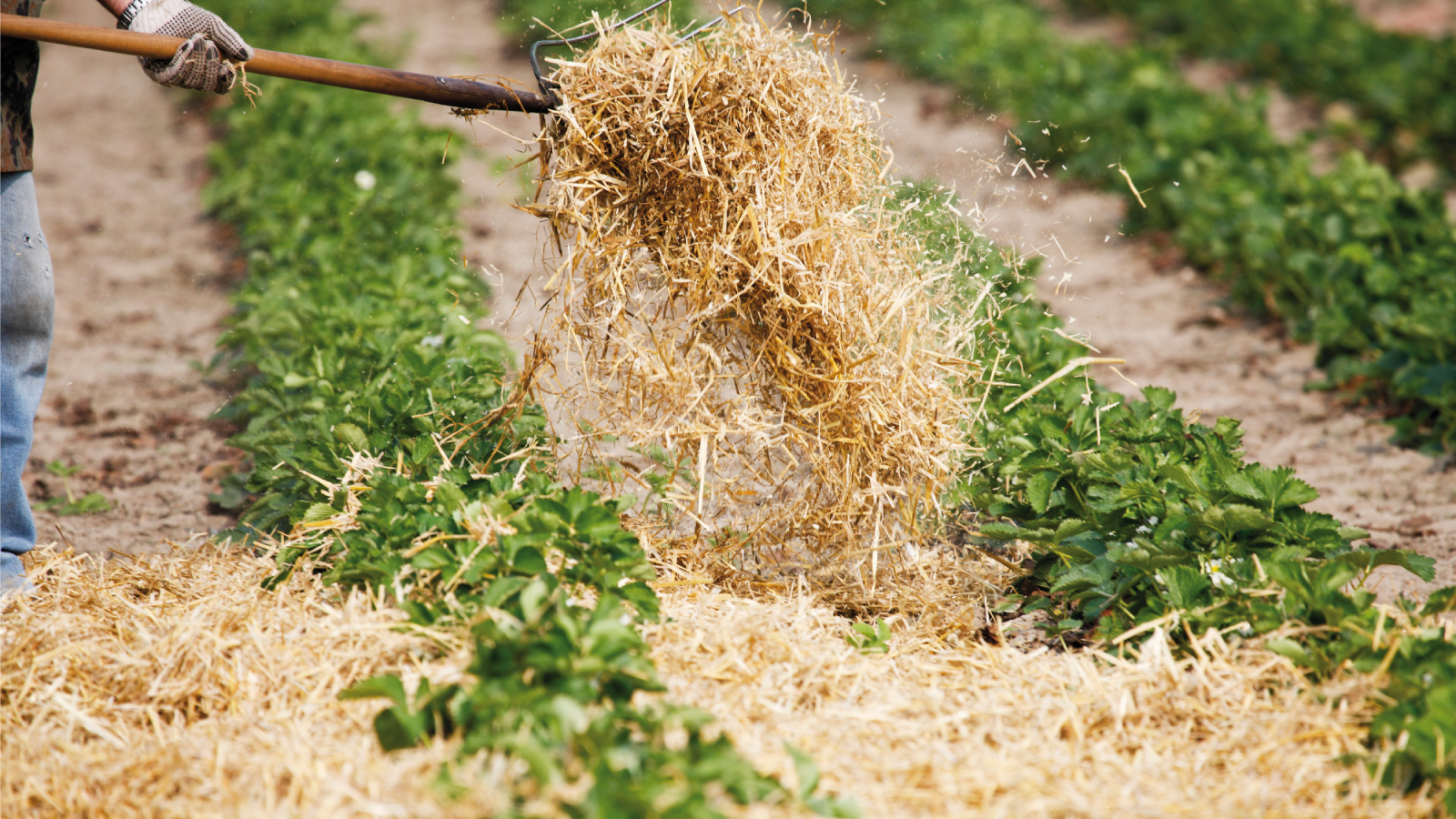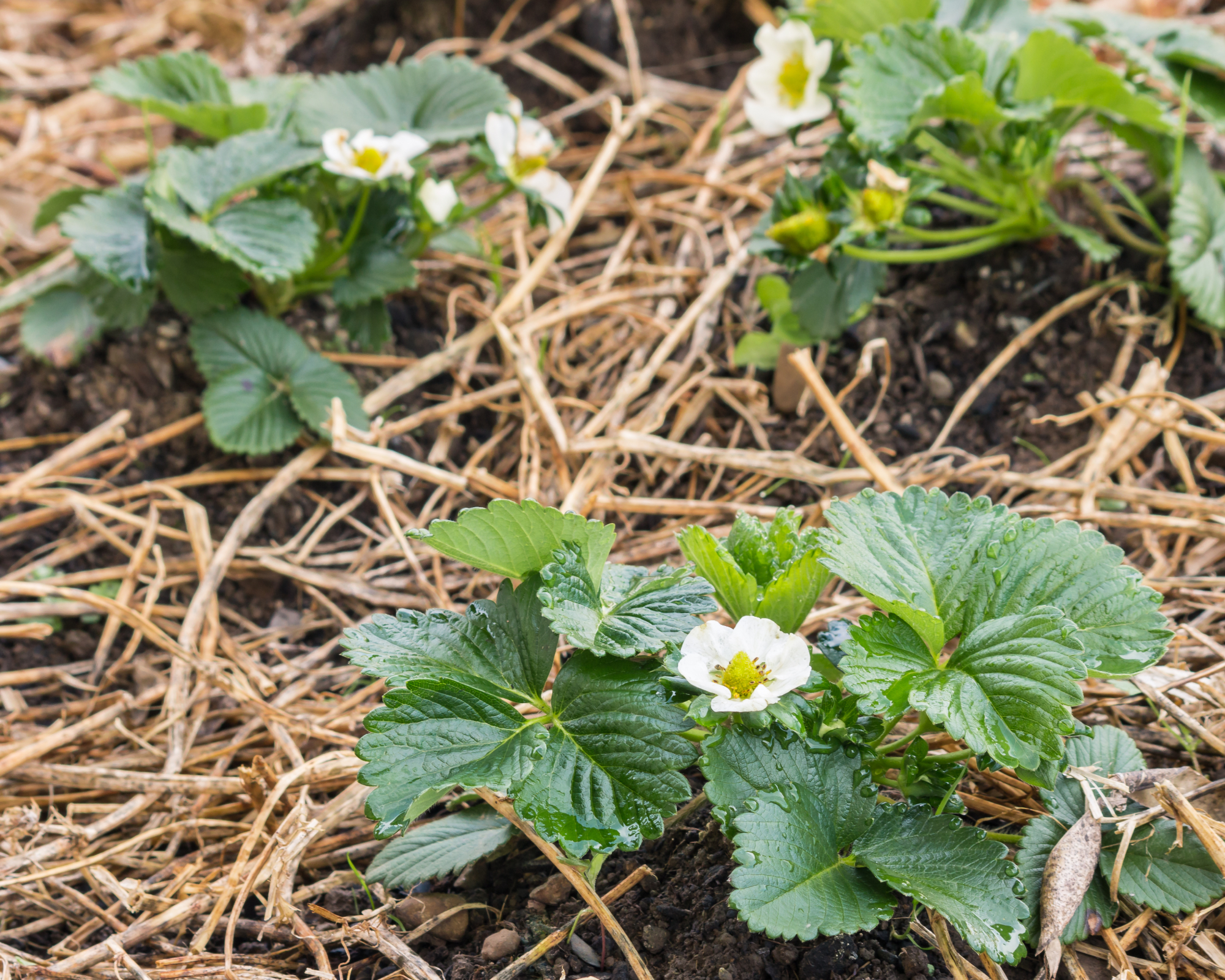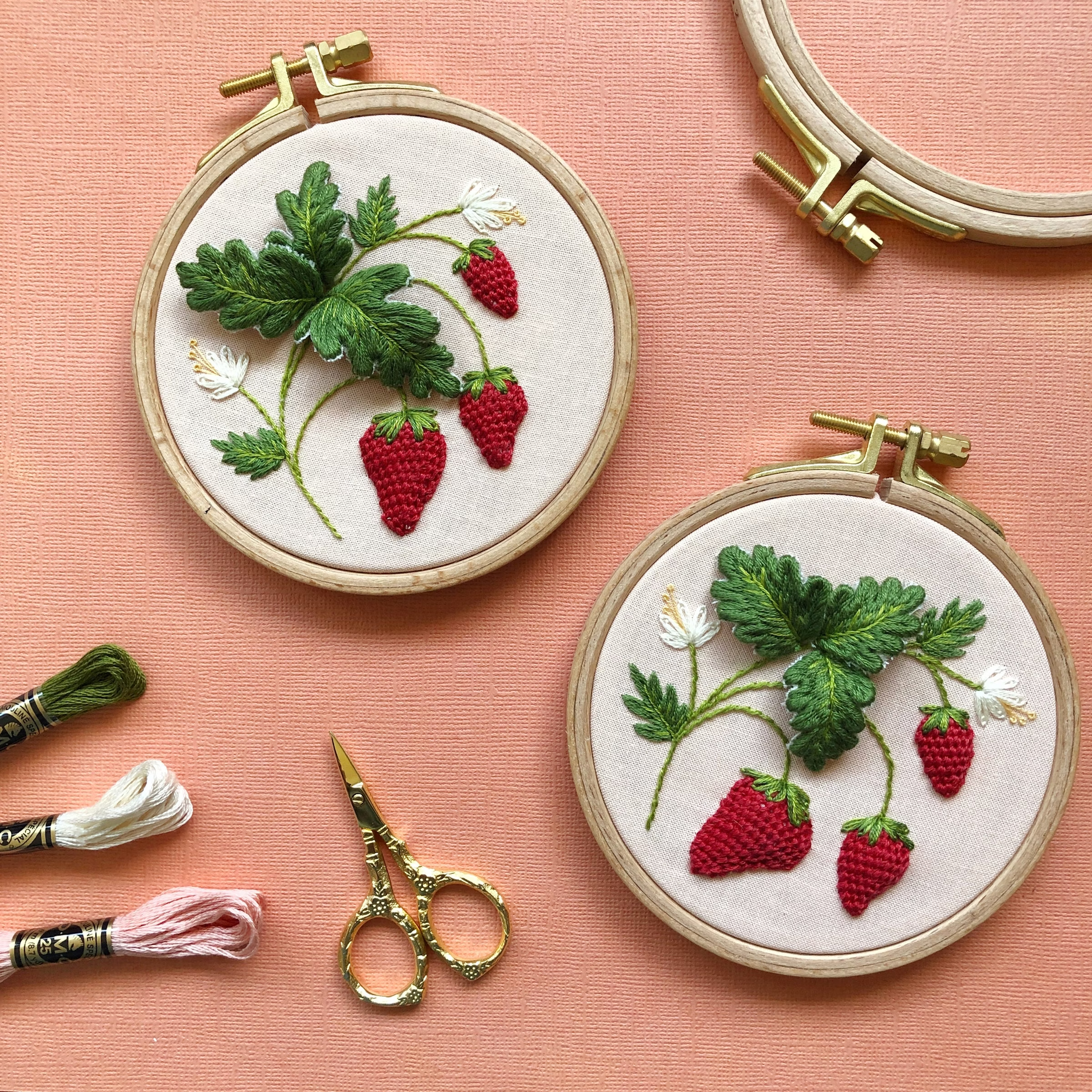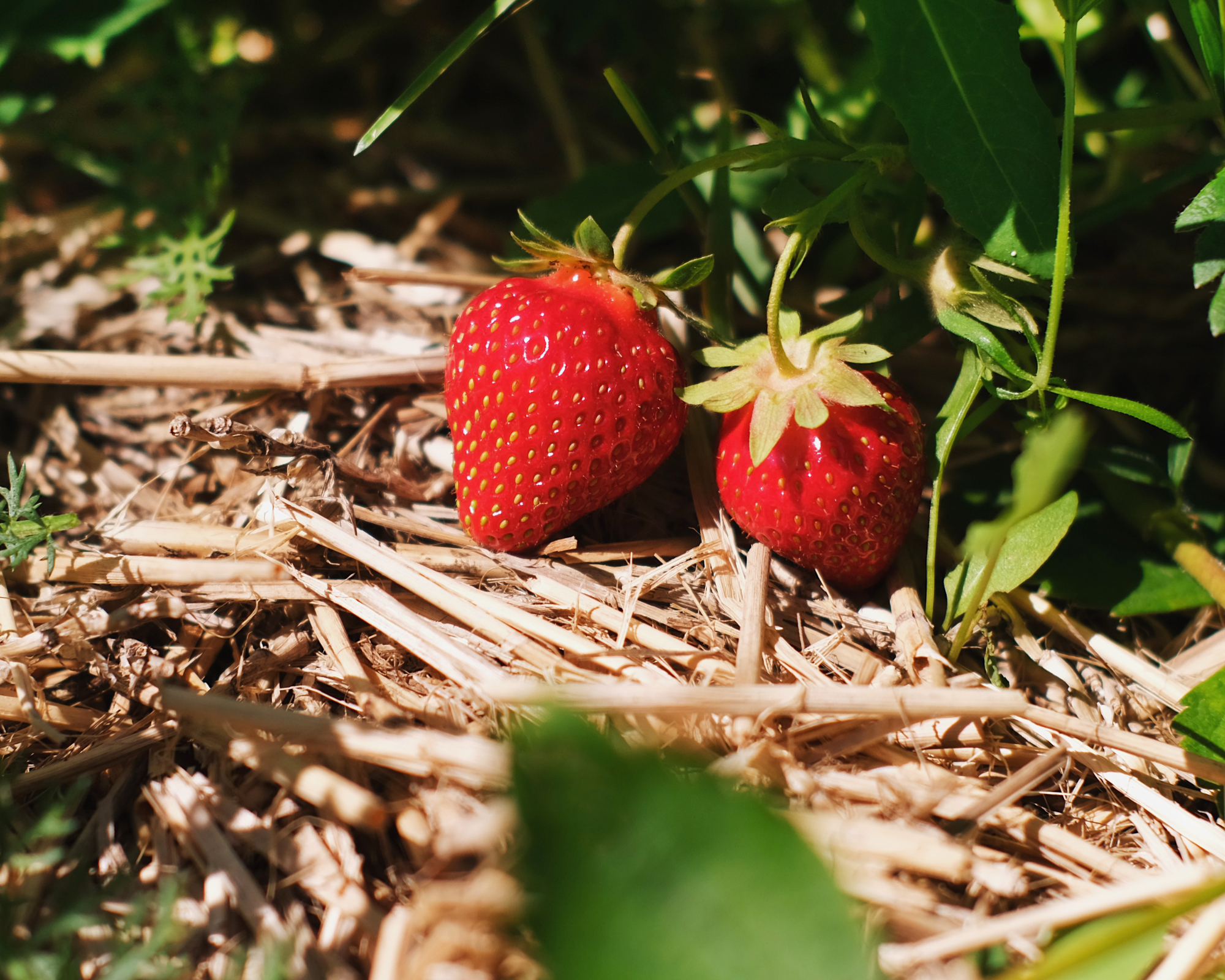Mulching Strawberries: Create The Ideal Growing Environment For Tasty Summer Berries
Mulching strawberries is crucial for their survival over winter and will help next year's crop be as healthy as possible. Explore best mulch for strawberries.


Strawberries are fun to grow because they provide a tasty summer harvest. Although they are perennials and generally hardy to USDA zones 4 or 5 (depending on variety), can strawberries survive winter? There is a lot of potential for damage to strawberry plants in winter, even where they are hardy. This is why mulching your strawberry plants is important.
Next summer's strawberry harvest relies on the plants making it through winter with little to no damage. Mulching your strawberry plants at just the right time will help to create the ideal conditions for them to not just survive winter, but to thrive!
Ensure you have the healthiest plants and juiciest strawberries next summer by correctly preparing in the autumn.
Benefits Of Mulching Strawberries

The primary benefit of mulch for strawberry plants is to protect them from cold. There are a few ways cold temperatures and weather can damage your strawberry plants:
- Very low temperatures, below 20 degrees Fahrenheit (-7 Celsius), can injure plants and even kill new buds.
- Cold temperatures in winter without protection can reduce the next year’s yield.
- Repeated freezing and thawing of the soil can cause the strawberry plants to experience frost heave where they are thrust out of the ground. The exposed roots and crowns then can be damaged by cold temperatures.
- In the most severe cases, unprotected strawberries can die over the winter.
An additional benefit of mulching around strawberries is that it keeps the berries off the ground. The berries grow close to the ground on these short plants and it’s better for them to rest on clean straw mulch than on the soil.

Create a textural embroidery that pops off the fabric! With this kit, you’ll learn how to make sculptural strawberries and leaves. Find in the Gardening Know How Shop.
Best Mulch For Strawberries
The best mulch is easy to remember: straw for strawberries. Clean straw is an ideal mulch for strawberry plants because it holds air, which provides good insulation to keep plants warm and protected in winter. Straw also tends to stay dry, while other mulching materials can get soggy and stay wet for long periods of time, promoting rot and even smothering plants.
When To Mulch

The exact timing for mulching your strawberry plants will depend on your location. Generally, mulch them in late fall or early winter. The rule is to mulch once the soil is consistently 40 degrees (4.4 Celsius) or colder for a few days. Another benchmark is when nighttime temperatures are around 20 degrees.
Sign up for the Gardening Know How newsletter today and receive a free copy of our e-book "How to Grow Delicious Tomatoes".
Avoid mulching too early. Your strawberry plants need to go dormant before being mulched. They stay green and growing longer than many people realize, into December in some locations. Dormant strawberry leaves will look a little grayish and flat. This indicates they are ready for mulching.
When mulching strawberries with straw, use enough that they are covered by two to three inches (5.0 to 7.5 cm).
Mulch Removal
Remove winter mulch from all your different types of strawberry plants as the new growth begins to appear in spring. Check your plants regularly for new growth beginning in late March or early April. When you see new leaves, it’s time to remove the mulch.
Uncover the plants gently, using a rake. Unless the straw has begun to decay or get moldy, you can leave a layer under the new growth. This will keep growing berries from resting on the soil. Mulch in the growing season can also prevent splash back of soil onto plants during watering, keeping them cleaner and protecting them from disease.
Frequently Asked Questions
What is the Best Thing to Put Under Strawberries?
The best mulch for strawberries is straw (not hay) because it insulates well and doesn’t hold a lot of moisture in it.
Can You Put Wood Chips Around Strawberries?
Wood chips are not as good as straw for mulching strawberries but can be useful in preventing cold damage. Issues include moisture retention that can cause rot and new spring growth struggling to push through heavy wood chips. Use smaller pieces when mulching strawberry plants.
This article features products available from third-party vendors in the Gardening Know How Shop.

Mary Ellen Ellis has been gardening for over 20 years. With degrees in Chemistry and Biology, Mary Ellen's specialties are flowers, native plants, and herbs.